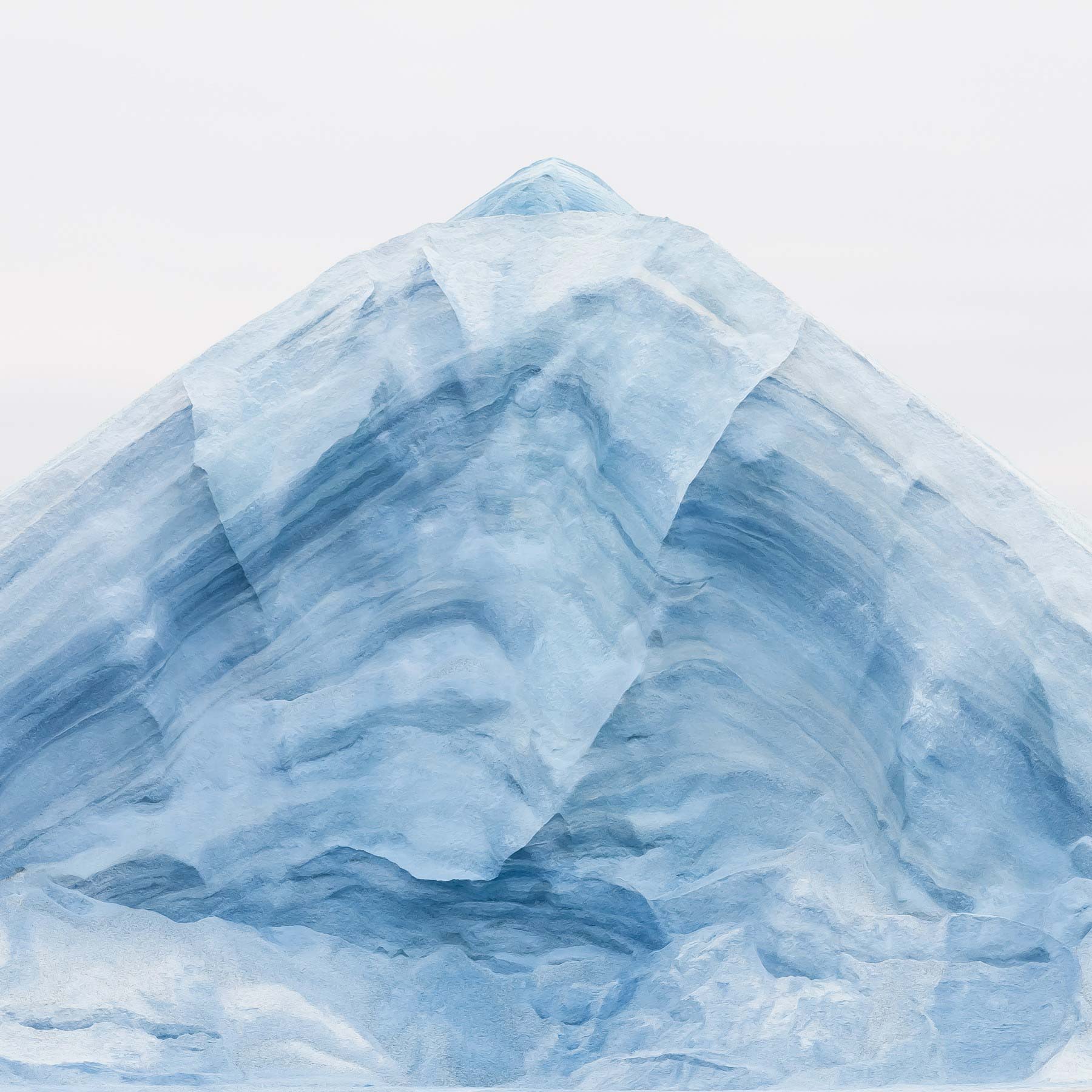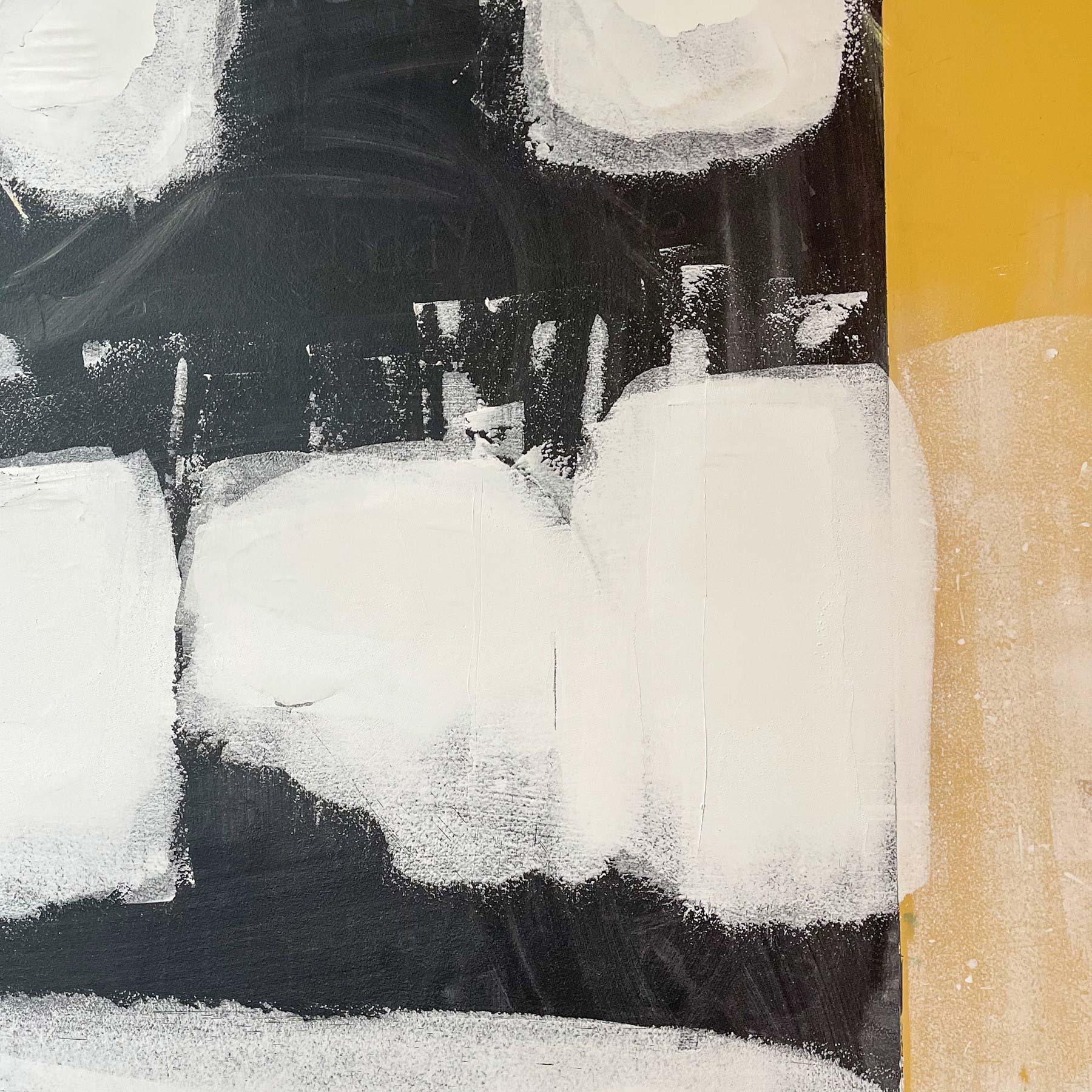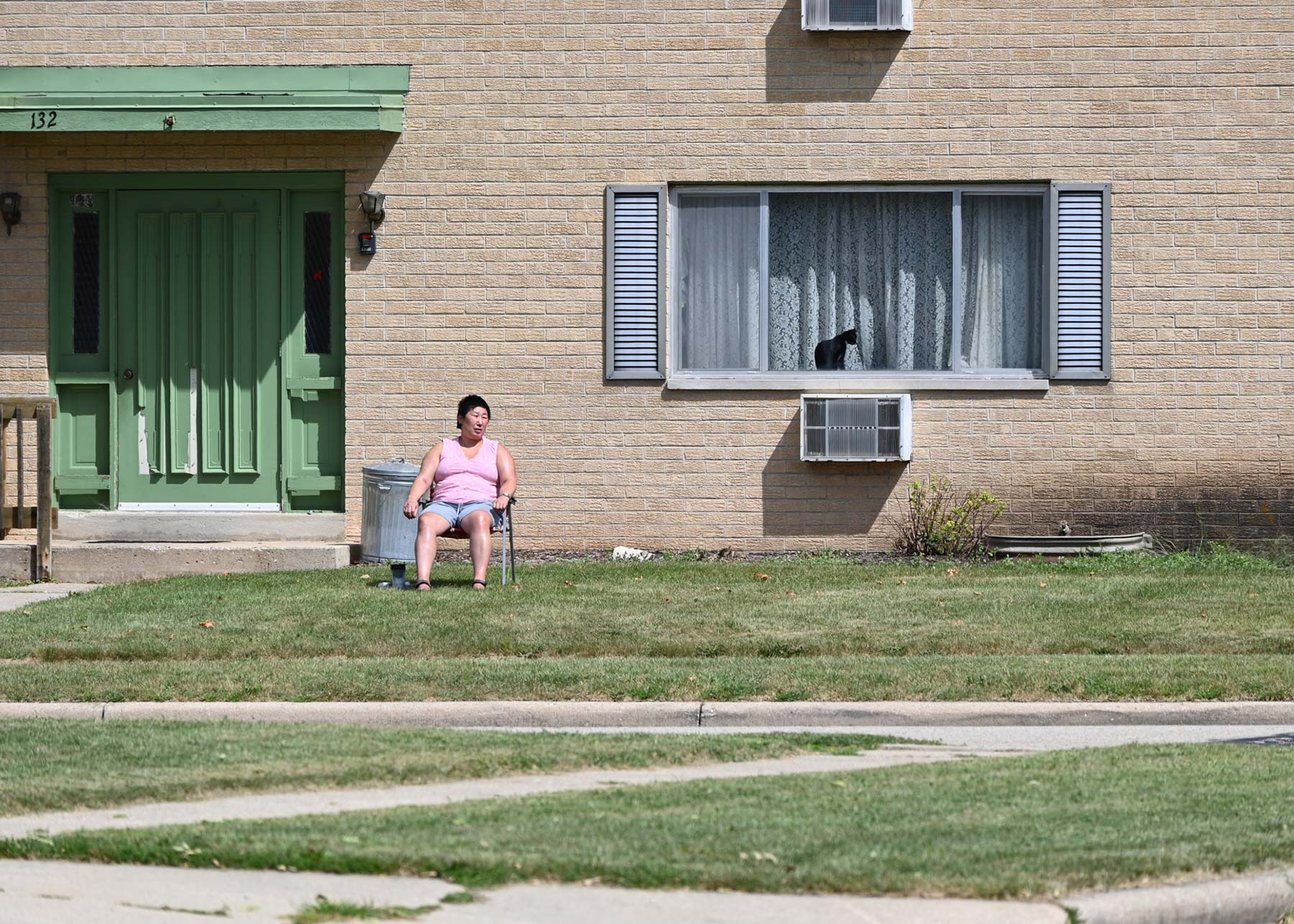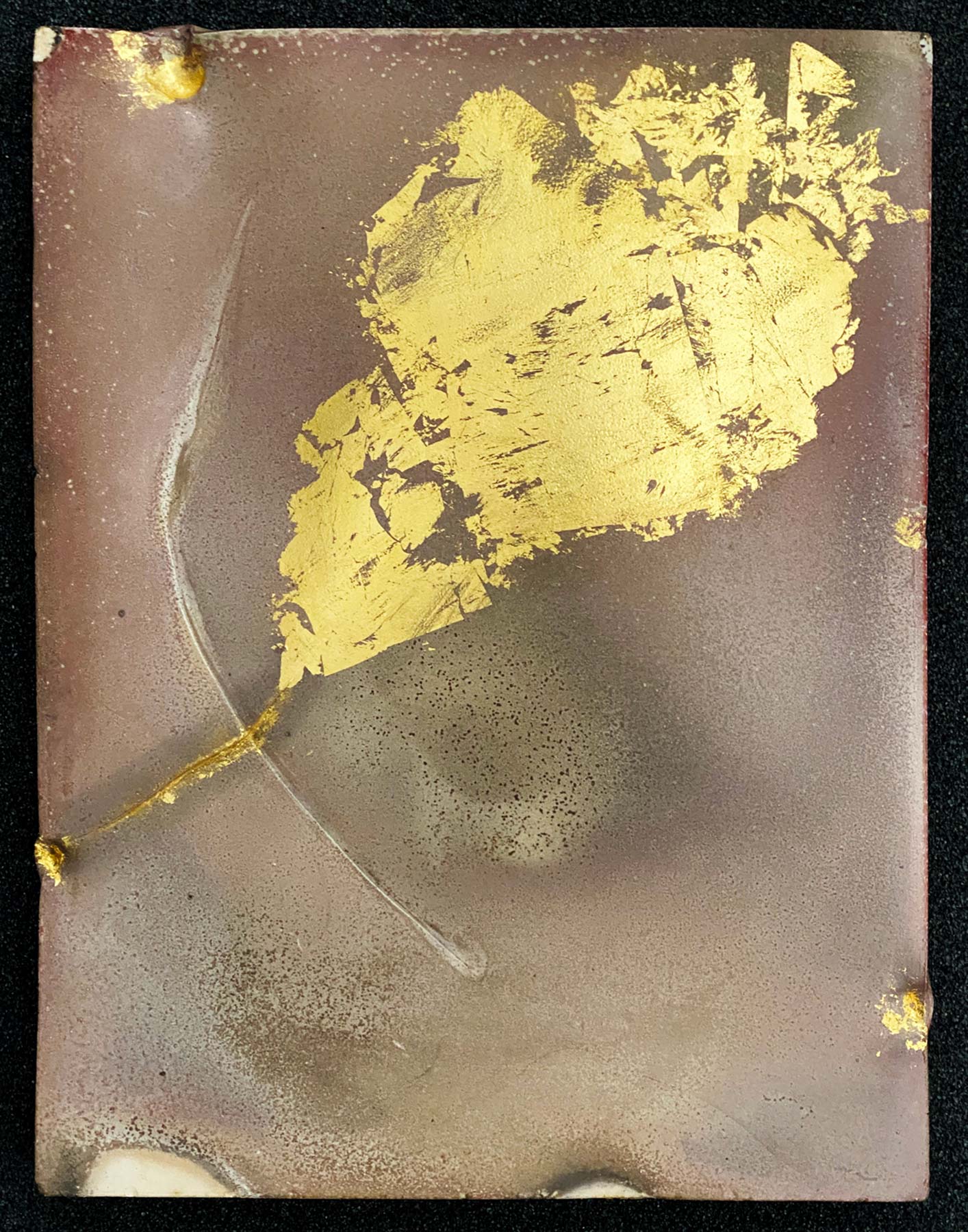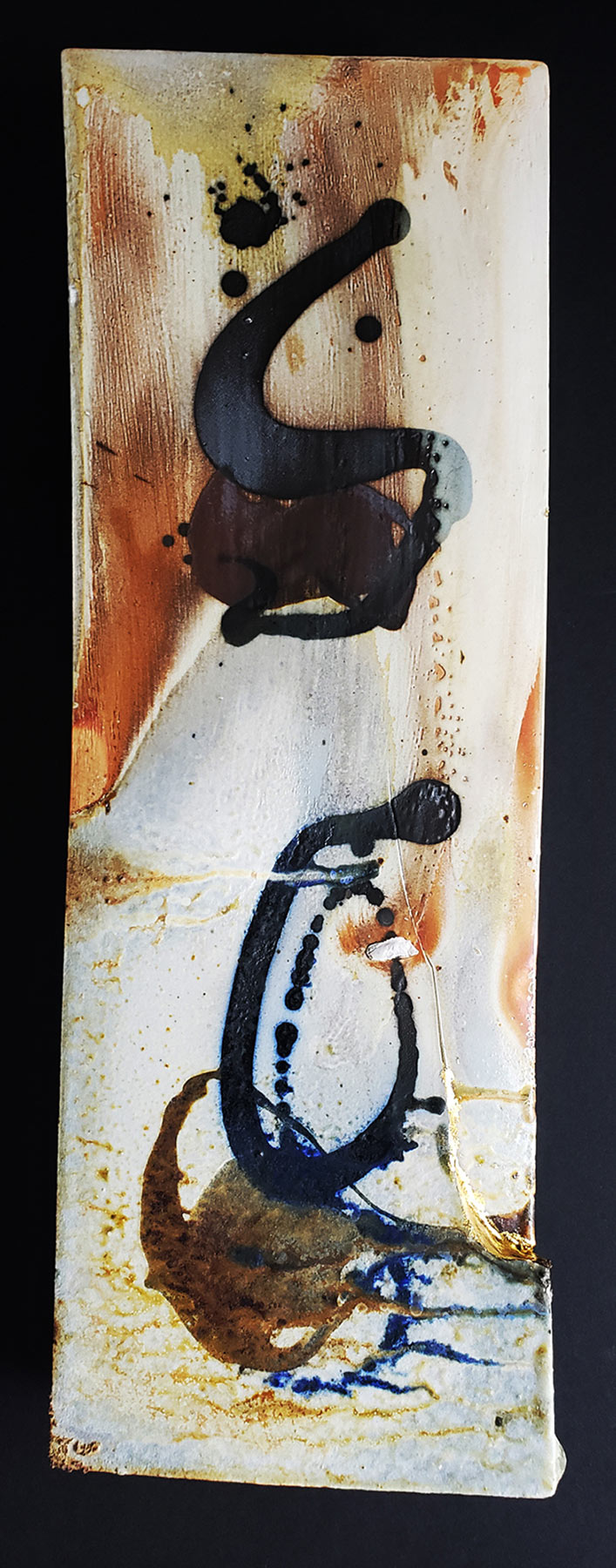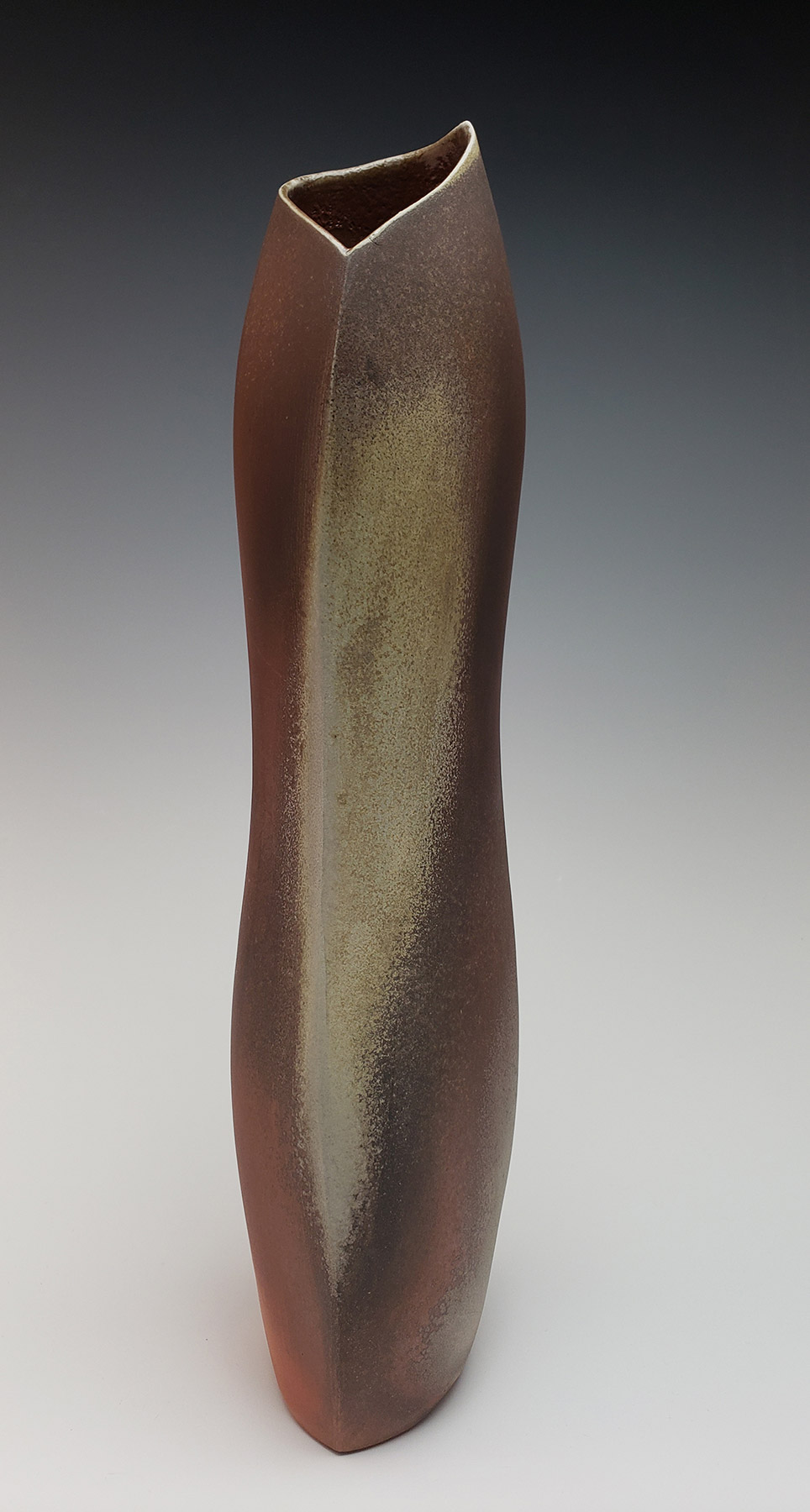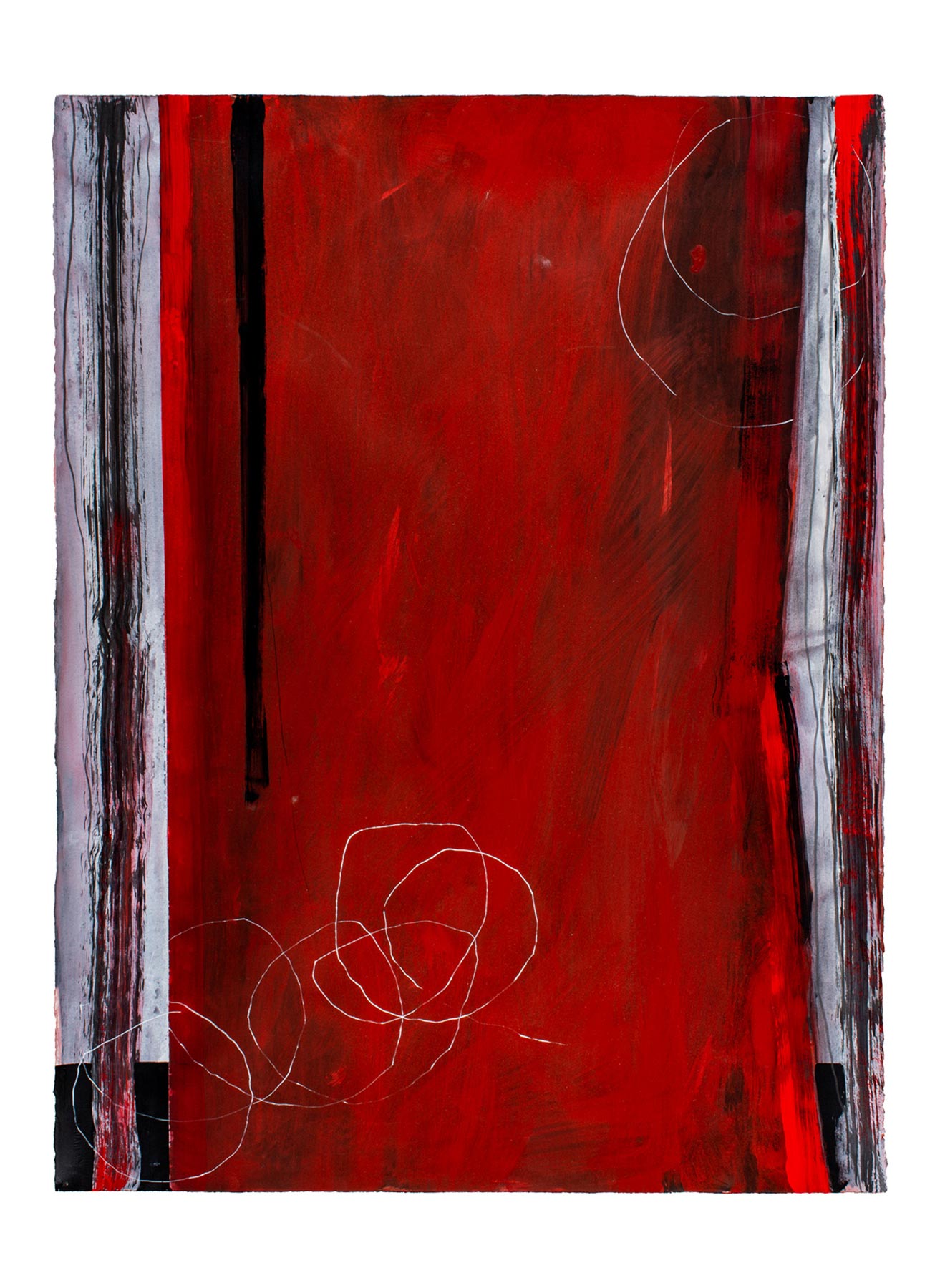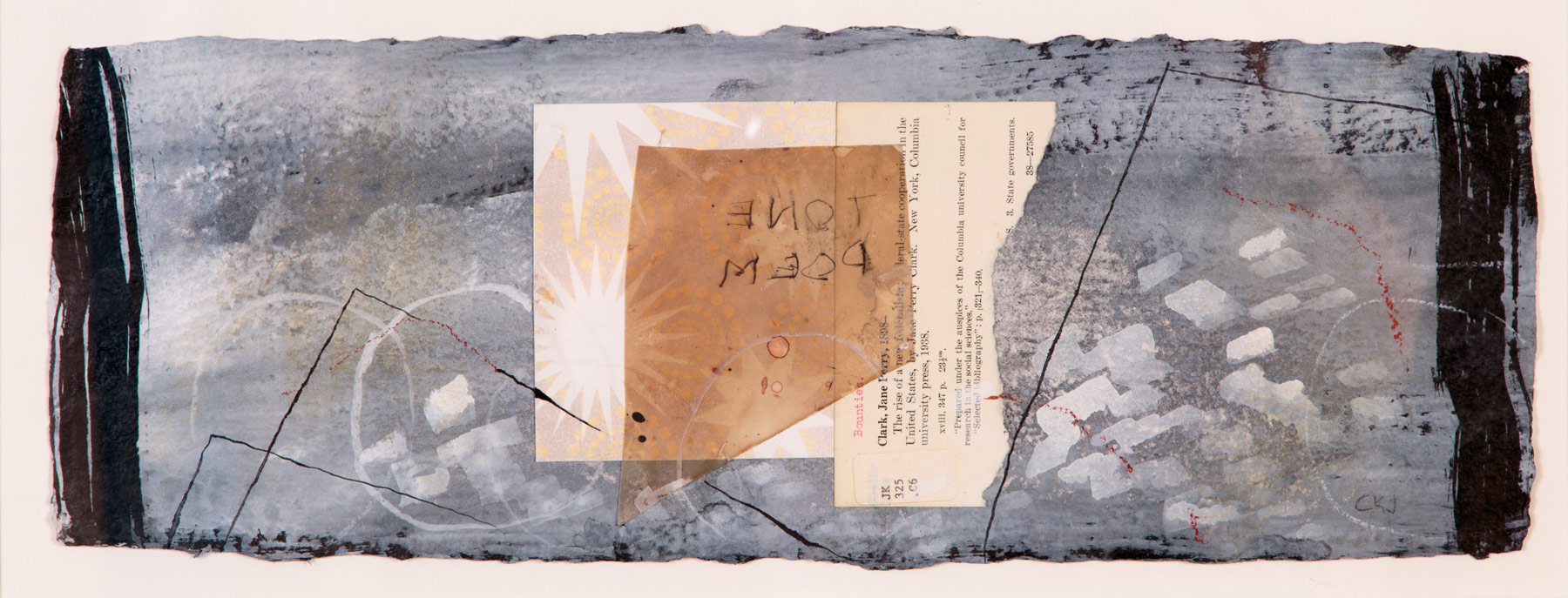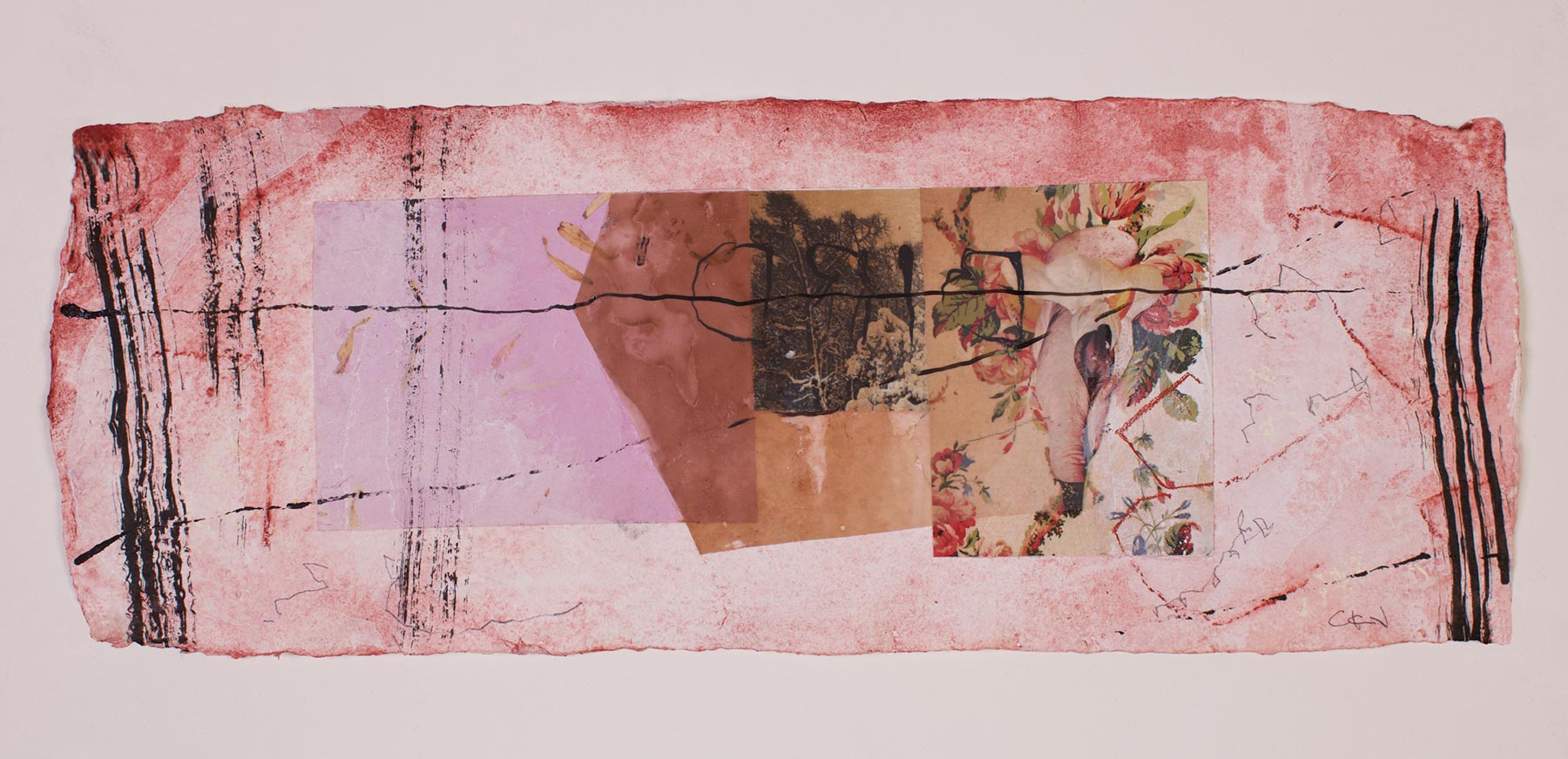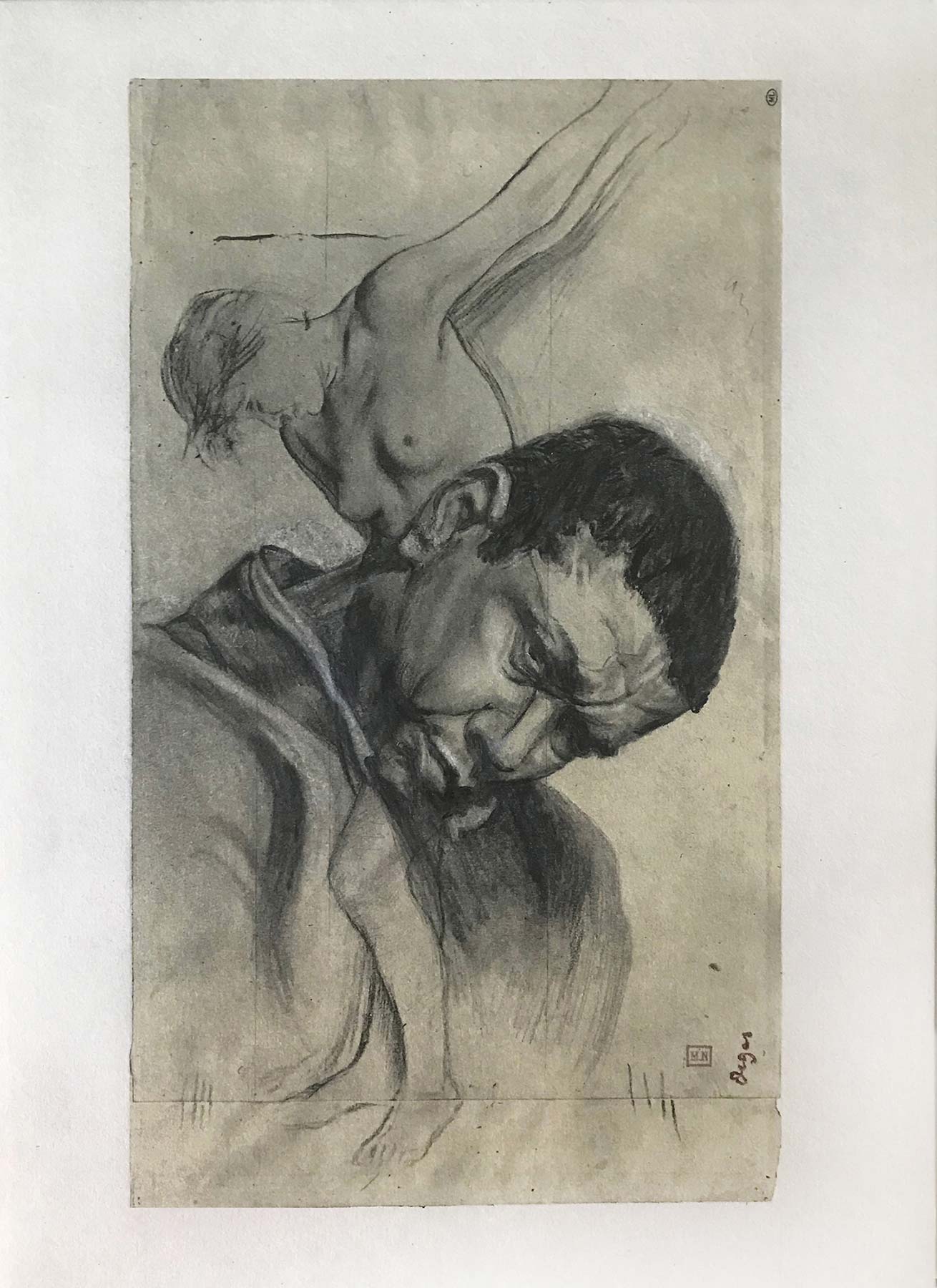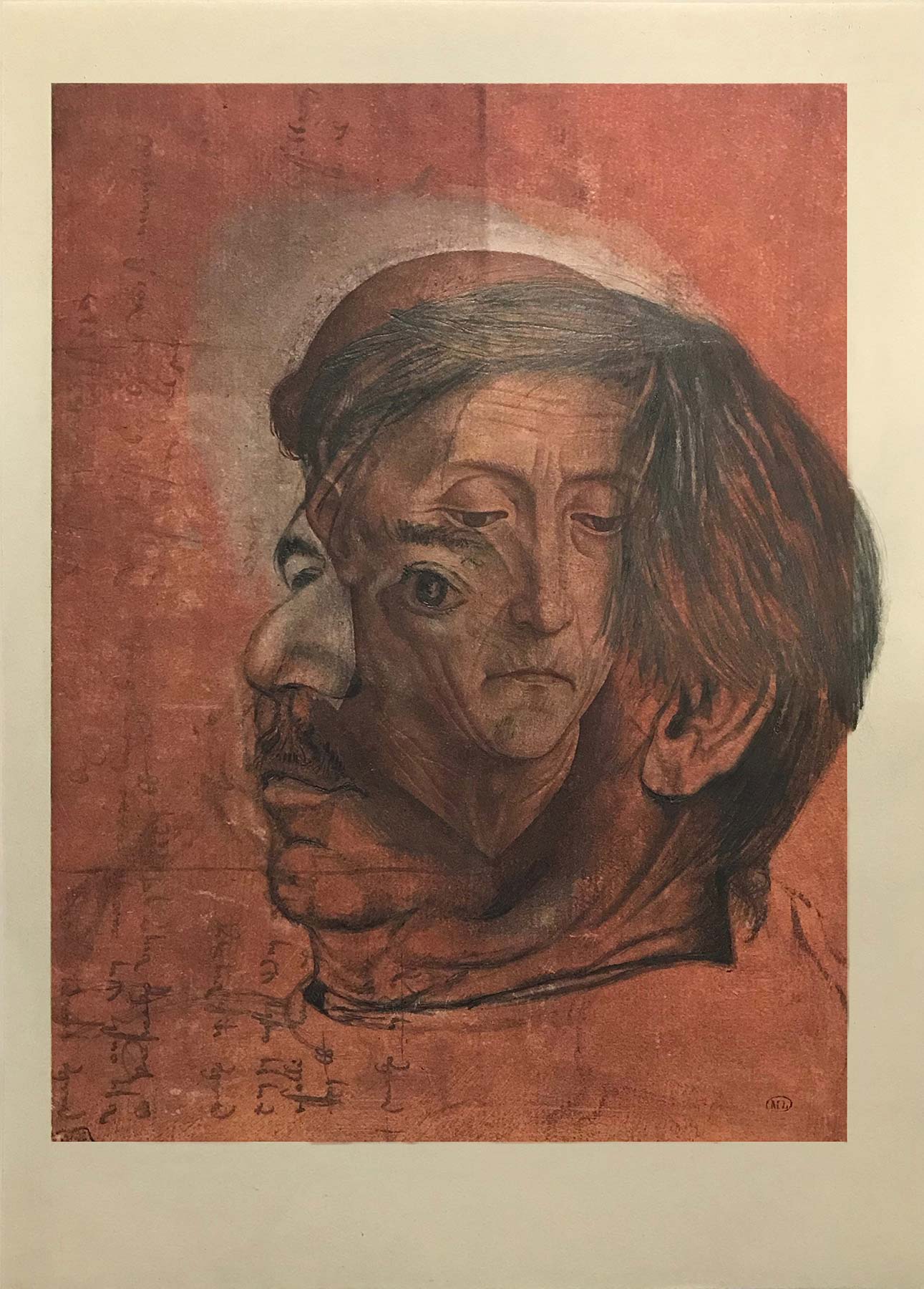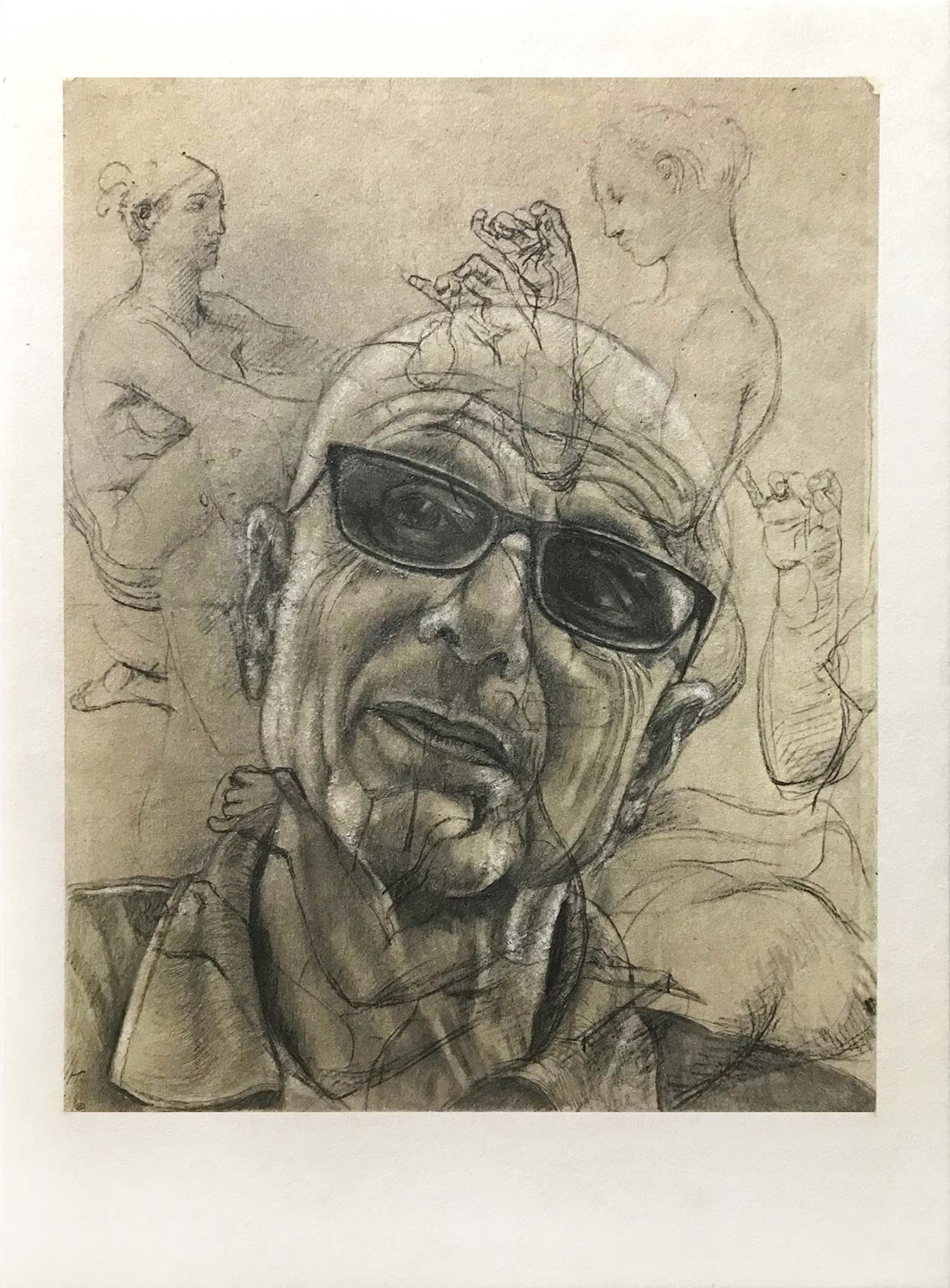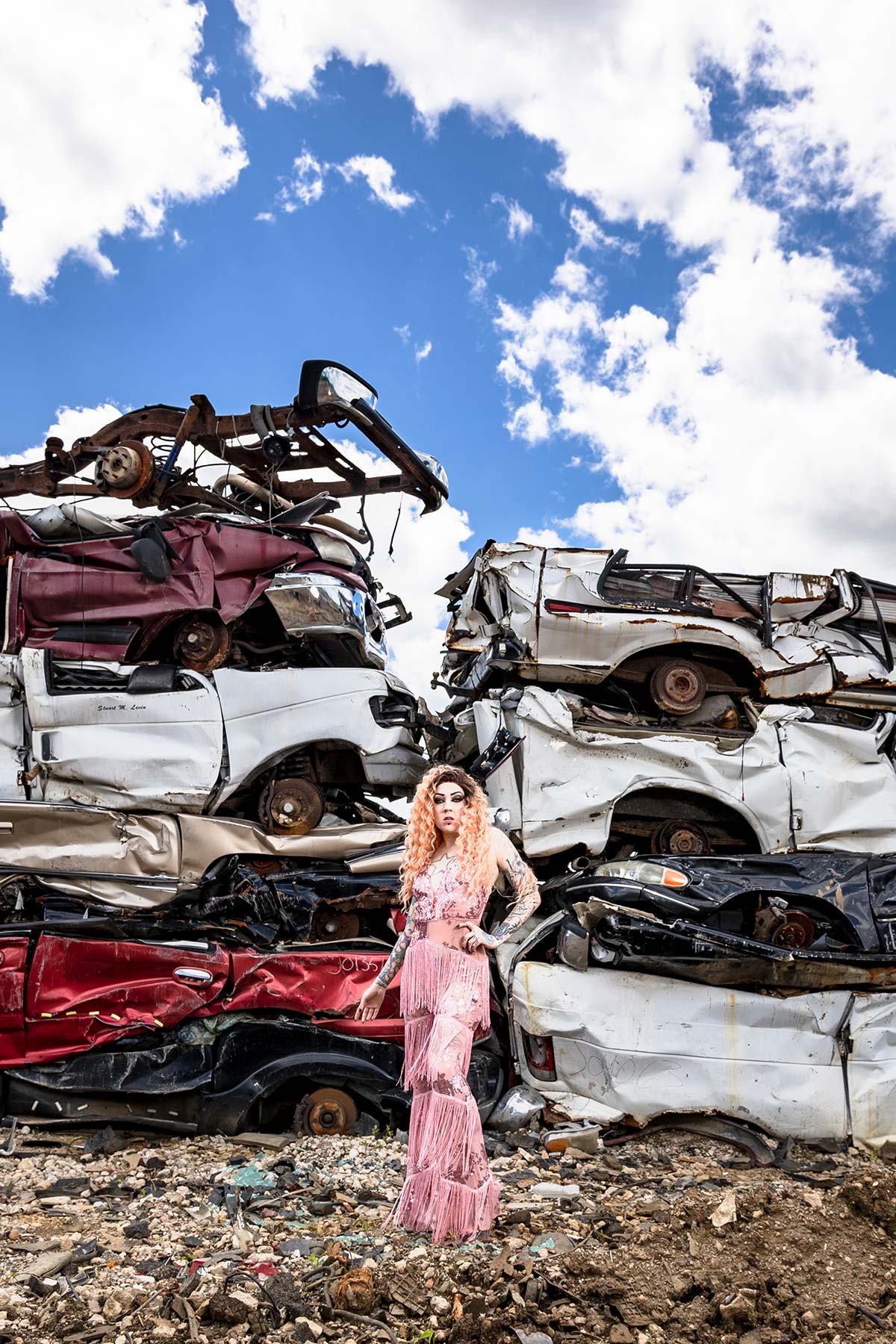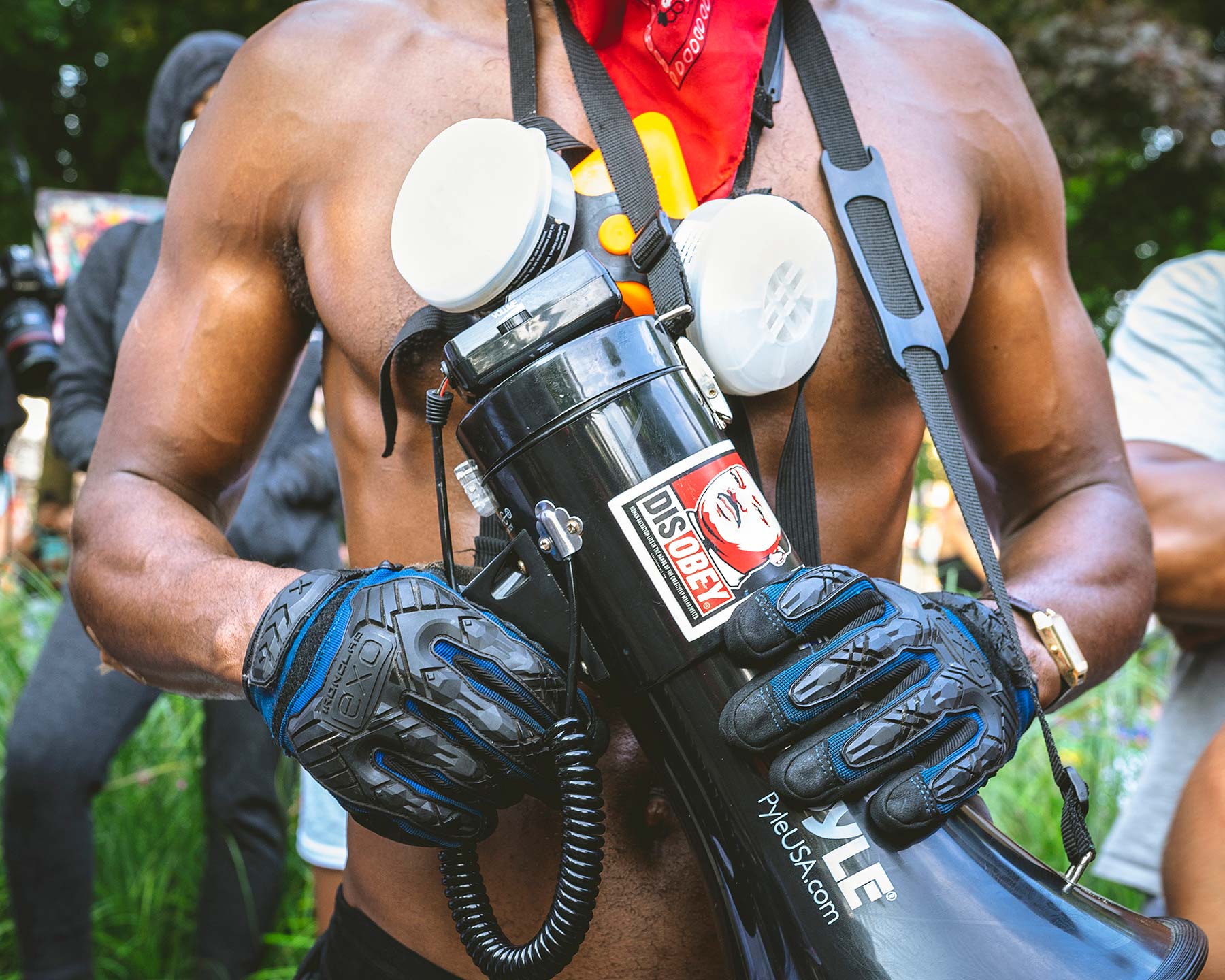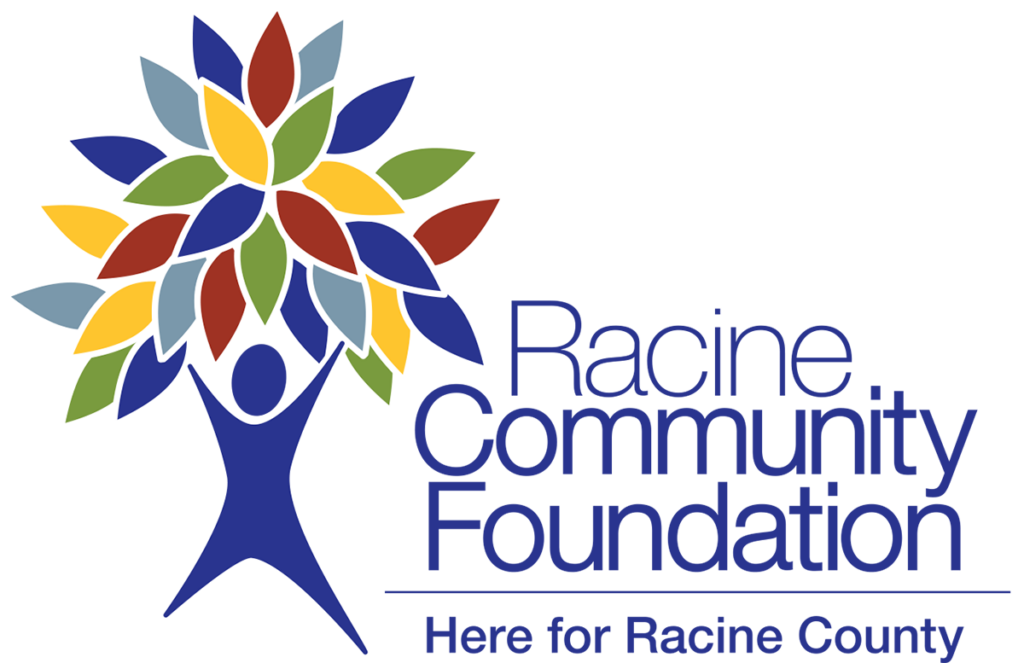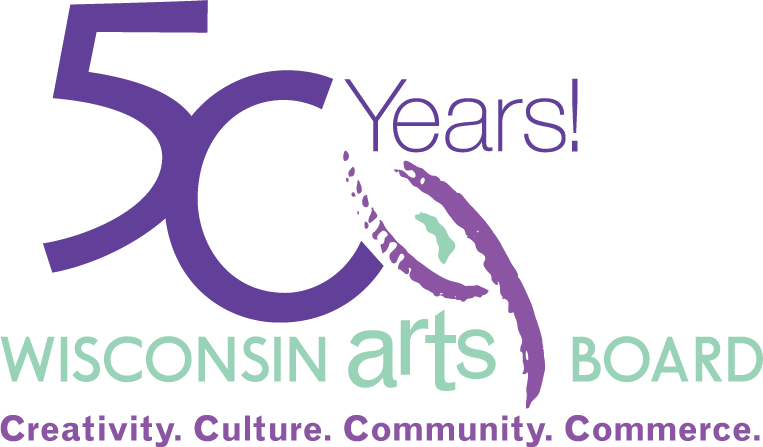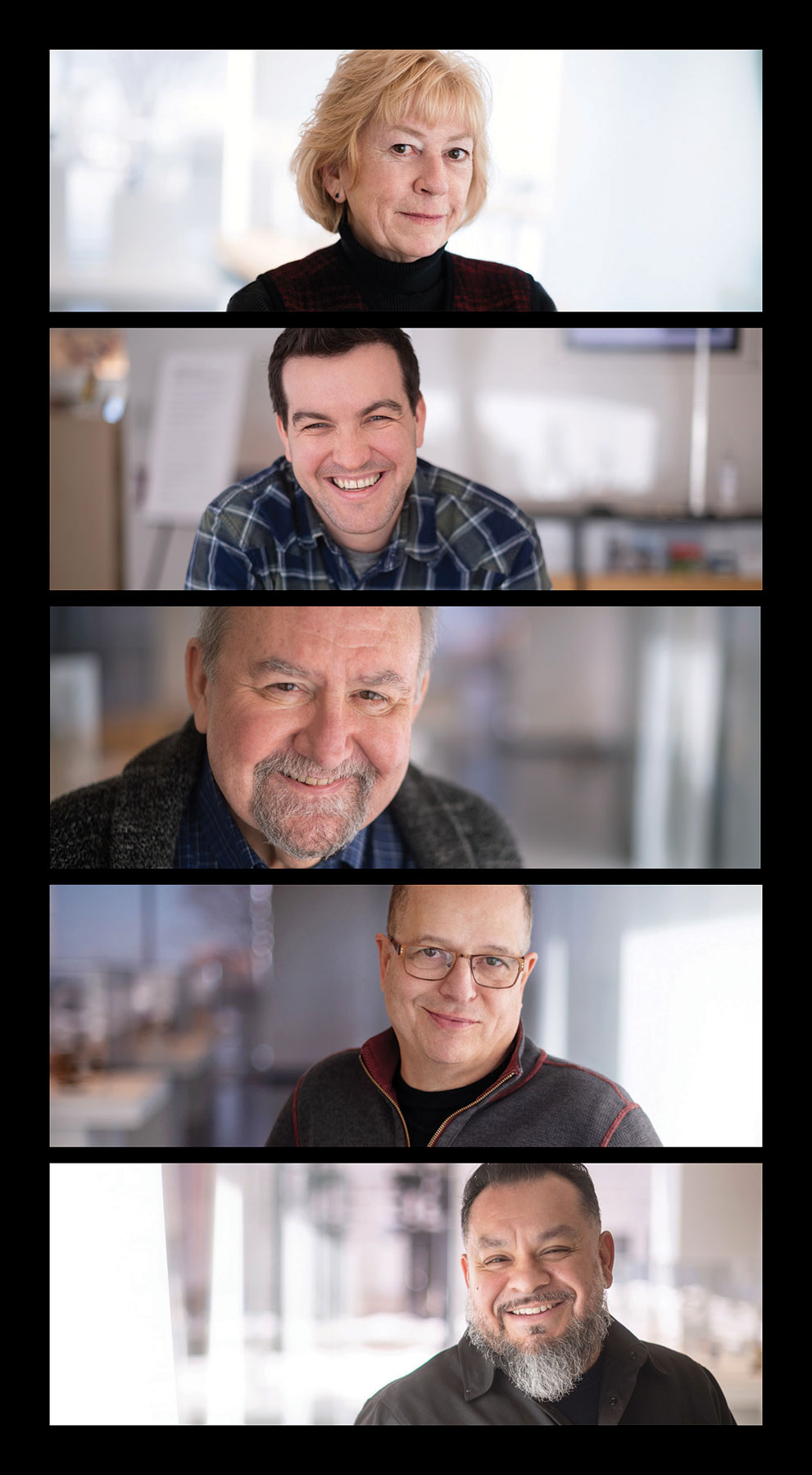
Pictured from top: Martha Coaty, Nate Hunter, Christopher Johns, Marc Travanti, and René Amado
Photography: Camela Langendorf, Varitay Studios
RAM Artist Fellowship and Emerging Artist Exhibition 2021
September 1 – November 27, 2021
Presented by the Osborne and Scekic Family Foundation
Sponsored by a grant from the Osborne and Scekic Family Foundation, the RAM Artist Fellowship Program aims to showcase the diversity and vitality of the Racine/Kenosha visual arts. By increasing critical attention and exposure for recipients, the program fosters their continued creative professional development.
New in 2020–21, an Emerging Artist Award was given to an artist under the age of 40 who is in their creative development and demonstrates significant potential. During the application process, artists choose whether or not they want to be considered for this award.
The fifth biennial exhibition at RAM’s Wustum Museum features the work of the following artists:
The five award recipients were chosen based how well their work will present together as a group, as well as individually. Jurors consider the merits of each artist’s work but also look at other variables, not limited to but including county of residence, gender, type of work represented within the group, experience, heritage, and length of career. Each exhibition award cycle deliberately focuses on a group that represents a wide range of artistic accomplishments and types of careers.
More About the Exhibition
Gallery of Installation Photography (RAM Member Exclusive)
Meet the Artists Virtual Reception, available to view on YouTube and Facebook
RAM Artist Fellowship and Emerging Artist Exhibition 2021
September 1 – November 27, 2021
Presented by the Osborne and Scekic Family Foundation

Pictured from top: Martha Coaty, Nate Hunter, Christopher Johns, Marc Travanti, and René Amado
Photography: Camela Langendorf, Varitay Studios
Sponsored by a grant from the Osborne and Scekic Family Foundation, the RAM Artist Fellowship Program aims to showcase the diversity and vitality of the Racine/Kenosha visual arts. By increasing critical attention and exposure for recipients, the program fosters their continued creative professional development.
New in 2020–21, an Emerging Artist Award was given to an artist under the age of 40 who is in their creative development and demonstrates significant potential. During the application process, artists choose whether or not they want to be considered for this award.
The fifth biennial exhibition at RAM’s Wustum Museum features the work of the following artists:
Martha Coaty, Racine
Nate Hunter, Kenosha
Christopher Johns, Racine
Marc Travanti, Kenosha
René Amado (Emerging Artist), Racine
The five award recipients were chosen based how well their work will present together as a group, as well as individually. Jurors consider the merits of each artist’s work but also look at other variables, not limited to but including county of residence, gender, type of work represented within the group, experience, heritage, and length of career. Each exhibition award cycle deliberately focuses on a group that represents a wide range of artistic accomplishments and types of careers.
More About the Exhibition
Gallery of Installation Photography (RAM Member Exclusive)
Meet the Artists Virtual Reception, available to view on YouTube and Facebook
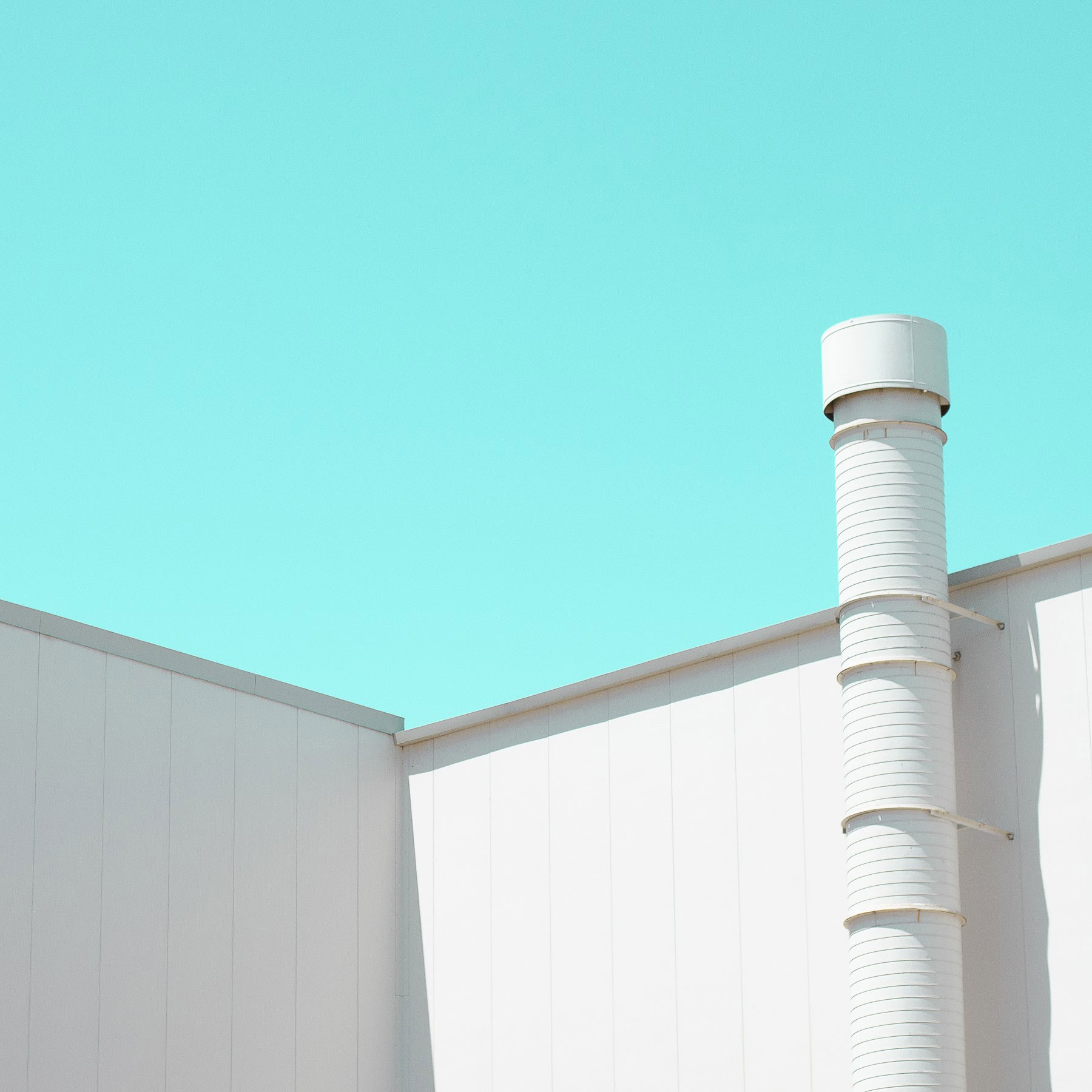
Martha Coaty
Geometry, 2018
Type C color print
20 x 20 inches
Courtesy of the Artist
Martha Coaty
Artist Statement
Photography allows me to observe in a way that takes something that is and makes something that isn’t. “Out of context” best describes my focus on parts of a whole while I elevate the subject to create something new. A background in journalism and advertising encourages me to create work that is objective and appealing. I gauge the quality of my photographs by asking myself if I would enjoy hanging them on my wall. While some images are photojournalistic with commentary on the human condition, the abstract works are simply for the enjoyment of the viewer. With them, I seek to transform details into shapes, colors, and emotional vignettes. Simplicity is my starting point—it gives the viewer an opportunity to slow down and find calm in my compositions. And stillness, when the viewer is engaged with the photograph, provides a staying power.
The Great Lakes region offers industrial and urban settings with planes of color and smooth transitions into wide open spaces of agriculture. There is never a shortage of visual stimulation. Inspiration is external while I find that my observation process comes from within, from my memories and personality. I do strive for images that are straightforward, balanced, and clean. When I am peaceful, everything takes on beauty in and of itself.
Martha Coaty

Martha Coaty
Geometry, 2018
Type C color print
20 x 20 inches
Courtesy of the Artist
Artist Statement
Photography allows me to observe in a way that takes something that is and makes something that isn’t. “Out of context” best describes my focus on parts of a whole while I elevate the subject to create something new. A background in journalism and advertising encourages me to create work that is objective and appealing. I gauge the quality of my photographs by asking myself if I would enjoy hanging them on my wall. While some images are photojournalistic with commentary on the human condition, the abstract works are simply for the enjoyment of the viewer. With them, I seek to transform details into shapes, colors, and emotional vignettes. Simplicity is my starting point—it gives the viewer an opportunity to slow down and find calm in my compositions. And stillness, when the viewer is engaged with the photograph, provides a staying power.
The Great Lakes region offers industrial and urban settings with planes of color and smooth transitions into wide open spaces of agriculture. There is never a shortage of visual stimulation. Inspiration is external while I find that my observation process comes from within, from my memories and personality. I do strive for images that are straightforward, balanced, and clean. When I am peaceful, everything takes on beauty in and of itself.
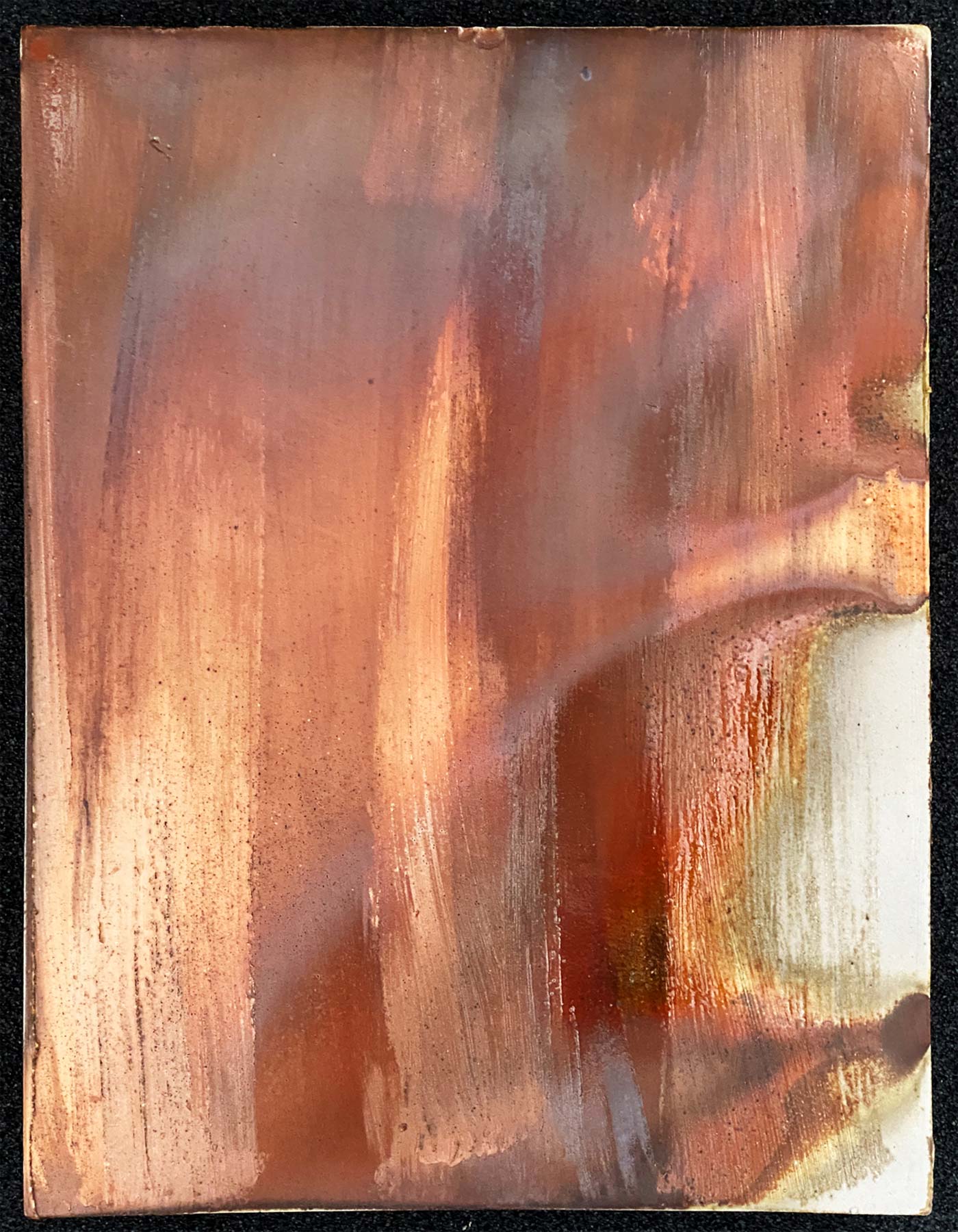
Nate Hunter
Evidence 2, 2021
Porcelain, wood ash, and maple
12 x 16 x 1 1/2 inches
Courtesy of the Artist
Photography: Nate Hunter
Nate Hunter
Artist Statement
The process of making and working with clay is very important to me. Each step is significant, with its own meaning, its own purpose.
Within the Evidence Series, I have worked to capture the essence of flame and ash from the kiln. These pieces’ endeavor to show that what scars us can be made into something that is beautiful.
Every one of these works tell a story, showing evidence of the process of creation. Blemishes from the firing imbue each piece with its own character. The flame patterns show where each was placed in the kiln, as well as its proximity to the firebox. Marks appear from where material was carefully arranged to prevent sticking to the kiln shelf. The colors on the works are the result of the reaction between clay, ash, and fire.
I see each piece as evidence—proof that even though the kiln is a harsh place, it is a situation where there is dramatic and permanent change. Without it, every work would be too weak and break under its own weight.
2020 was fraught with difficulties and hardships. In time, we will look back and see that it was tumultuous but fruitful. It is my hope that these pieces will help the viewer gain a new perspective—to consider their flaws not as faults, but as beauty marks.
Nate Hunter

Nate Hunter
Evidence 2, 2021
Porcelain, wood ash, and maple
12 x 16 x 1 1/2 inches
Courtesy of the Artist
Photography: Nate Hunter
Artist Statement
The process of making and working with clay is very important to me. Each step is significant, with its own meaning, its own purpose.
Within the Evidence Series, I have worked to capture the essence of flame and ash from the kiln. These pieces’ endeavor to show that what scars us can be made into something that is beautiful.
Every one of these works tell a story, showing evidence of the process of creation. Blemishes from the firing imbue each piece with its own character. The flame patterns show where each was placed in the kiln, as well as its proximity to the firebox. Marks appear from where material was carefully arranged to prevent sticking to the kiln shelf. The colors on the works are the result of the reaction between clay, ash, and fire.
I see each piece as evidence—proof that even though the kiln is a harsh place, it is a situation where there is dramatic and permanent change. Without it, every work would be too weak and break under its own weight.
2020 was fraught with difficulties and hardships. In time, we will look back and see that it was tumultuous but fruitful. It is my hope that these pieces will help the viewer gain a new perspective—to consider their flaws not as faults, but as beauty marks.
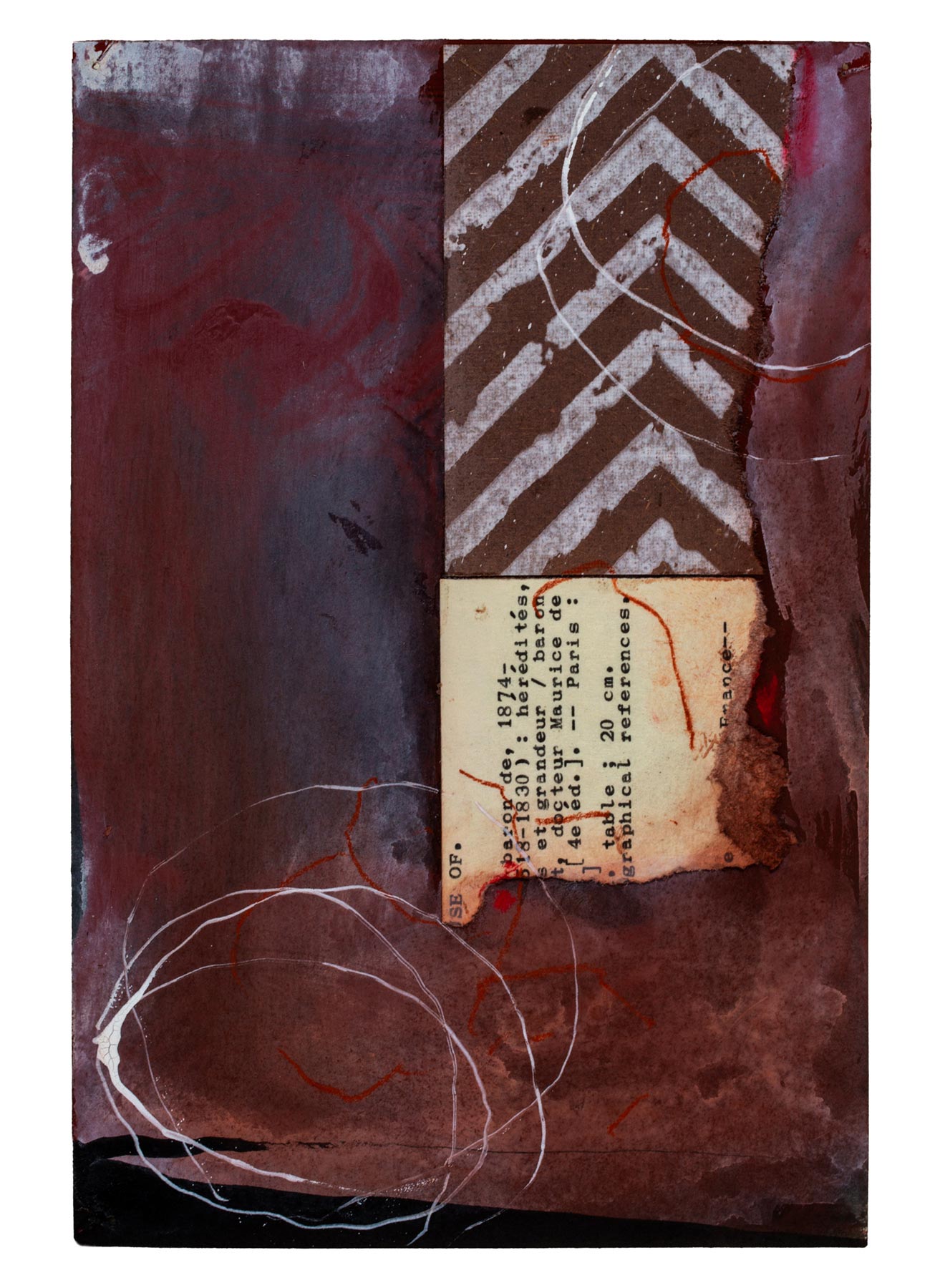
Christopher Johns
16th Street #35, 2019
Acrylic, ink, and found paper
9 x 6 inches
Courtesy of Mary Johns
Photography: Jon Bolton
Christopher Johns
1952 – 2021
Artist Statement
My work focuses on the space between abstraction, imagination, and reality. I am constantly searching for shapes that spark an association with an image. This association should hint at what the image is without overtly defining it.
The Torso/Trunk Series is a continuation of the work that I have exhibited for the past several years. I am interested in the visual relationship between the human torso and the trunk of a tree. This began in 1999 when I was an artist in residence in Costa Rica. It would rain each day in August at one in the afternoon. I would stand before large windows and watch as droplets ran down the trunks of the pine trees and into the ginger plants. It was mesmerizing. The work that I did at that time tried to replicate and abstract what I witnessed.
The shape that was inspired by a tree trunk then sparked my interest in the figure. I found the relationship, or perhaps the association of the trunk of a tree with the human torso, to be fascinating. This shape gives me a chance to play with the varieties of color, tone, and texture that both torsos and trunks have in common.
My method has always been to work within a limited set of shapes and marks in an attempt to discover the minute changes from piece to piece. Making art is a journey that never ceases to astound me and, certainly, never bores me.
Christopher Johns
1952 – 2021

Christopher Johns
16th Street #35, 2019
Acrylic, ink, and found paper
9 x 6 inches
Courtesy of Mary Johns
Photography: Jon Bolton
Artist Statement
My work focuses on the space between abstraction, imagination, and reality. I am constantly searching for shapes that spark an association with an image. This association should hint at what the image is without overtly defining it.
The Torso/Trunk Series is a continuation of the work that I have exhibited for the past several years. I am interested in the visual relationship between the human torso and the trunk of a tree. This began in 1999 when I was an artist in residence in Costa Rica. It would rain each day in August at one in the afternoon. I would stand before large windows and watch as droplets ran down the trunks of the pine trees and into the ginger plants. It was mesmerizing. The work that I did at that time tried to replicate and abstract what I witnessed.
The shape that was inspired by a tree trunk then sparked my interest in the figure. I found the relationship, or perhaps the association of the trunk of a tree with the human torso, to be fascinating. This shape gives me a chance to play with the varieties of color, tone, and texture that both torsos and trunks have in common.
My method has always been to work within a limited set of shapes and marks in an attempt to discover the minute changes from piece to piece. Making art is a journey that never ceases to astound me and, certainly, never bores me.
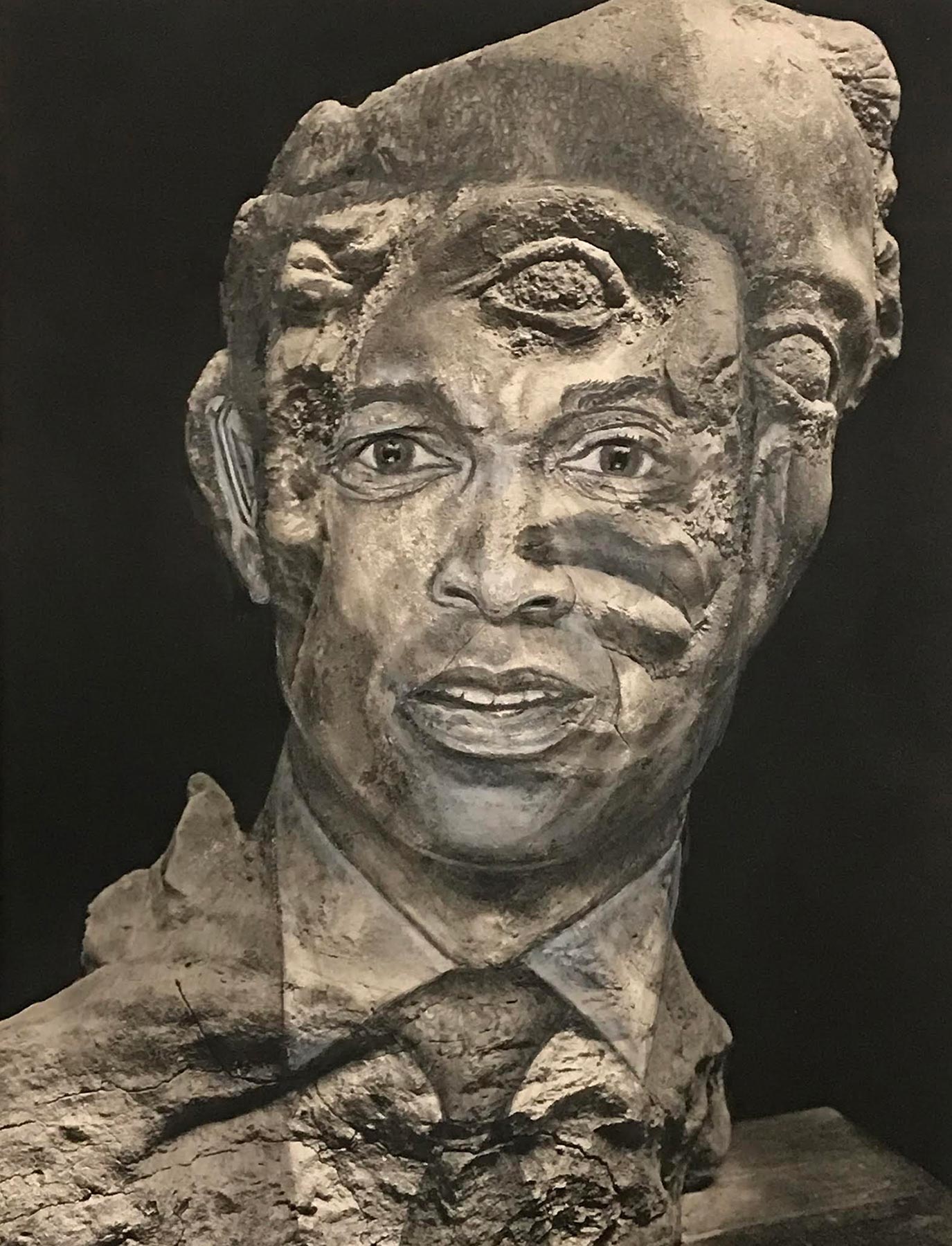
Marc Travanti
Don Lemon drawn on Female Terracotta Head, 2020
Graphite and acrylic on a page from “Etruscan Sculpture”
11 3/4 x 9 inches
Courtesy of the Artist
Photography: Marc Travanti
Marc Travanti
Artist Statement
My current work is a series of portraits drawn on pictures of celebrated art, landscapes, and architecture found in used historical books. It is a process that merges contemporary imagery with moments of the past. In the merging, I look for a shared iconography between cultures and time.
Initially, I drew myself, family, and friends, and later included people in the news, such as politicians, newscasters, and actors. In addition to the recognizable subject matter in historical books, I am attracted to the worn physicality of book pages, and the somber, monochromatic quality of pictures. When drawing a person, I usually look for an unexpected facial expression that conveys something I did not know about them. My selection of whom to draw on which found picture is not calculated. Instead, I prefer random combinations leading to psychological implications. These portraits have become part of my personal biography. The individuals I have drawn are participating in my own narrative just as much as I am representing and re-situating their narratives.
Marc Travanti

Marc Travanti
Don Lemon drawn on Female Terracotta Head, 2020
Graphite and acrylic on a page from “Etruscan Sculpture”
11 3/4 x 9 inches
Courtesy of the Artist
Photography: Marc Travanti
Artist Statement
My current work is a series of portraits drawn on pictures of celebrated art, landscapes, and architecture found in used historical books. It is a process that merges contemporary imagery with moments of the past. In the merging, I look for a shared iconography between cultures and time.
Initially, I drew myself, family, and friends, and later included people in the news, such as politicians, newscasters, and actors. In addition to the recognizable subject matter in historical books, I am attracted to the worn physicality of book pages, and the somber, monochromatic quality of pictures. When drawing a person, I usually look for an unexpected facial expression that conveys something I did not know about them. My selection of whom to draw on which found picture is not calculated. Instead, I prefer random combinations leading to psychological implications. These portraits have become part of my personal biography. The individuals I have drawn are participating in my own narrative just as much as I am representing and re-situating their narratives.
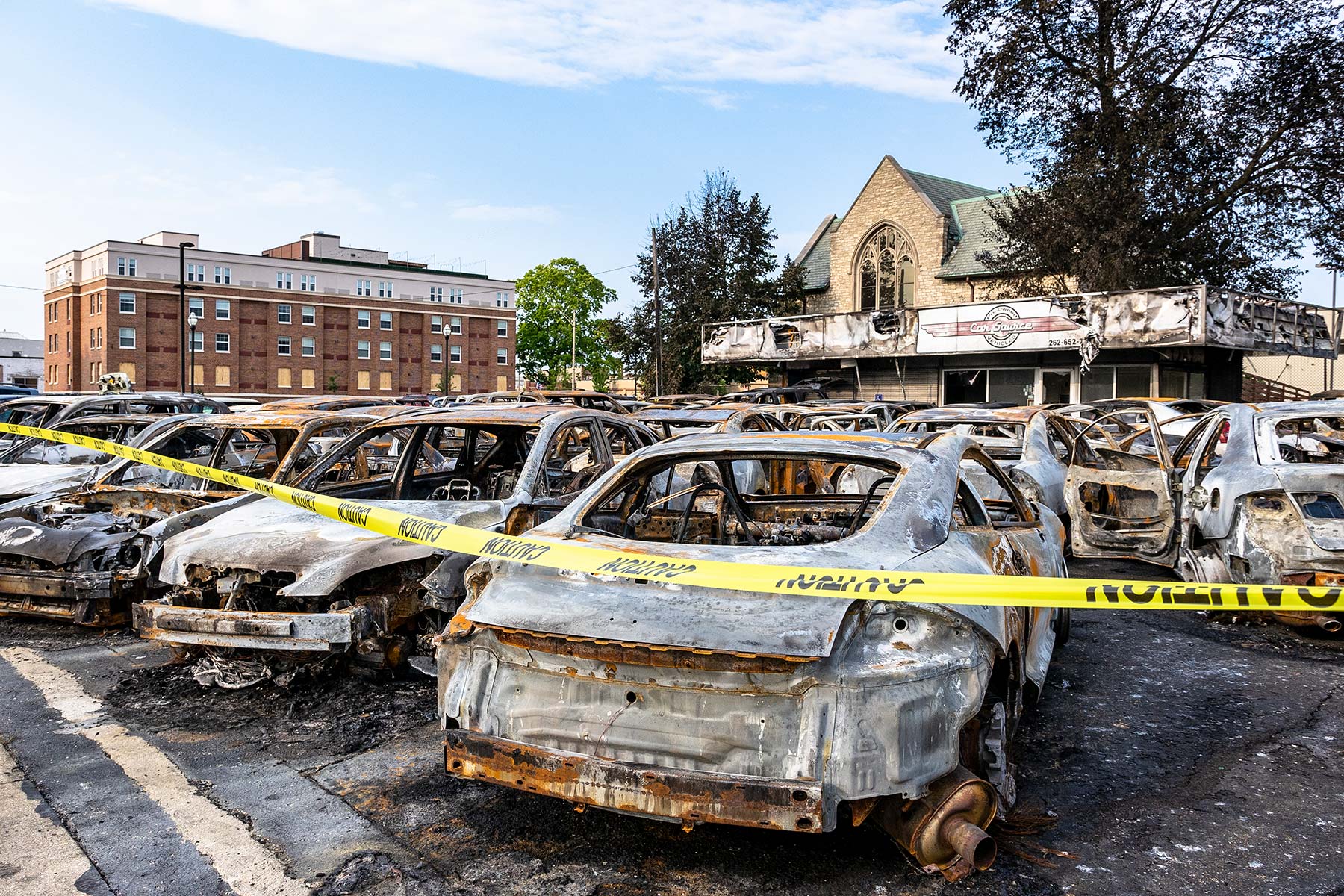
René Amado
Damaged Goods, 2021
Digital inkjet print
10 x 15 inches
Courtesy of the Artist
René Amado (Emerging Artist)
Artist Statement
2020. I write that one word/phrase as a sentence with no accompanying verbs, adjectives, nouns, or anything else, and feel like it’s more than adequate on its own to have an impact on anyone reading it.
The depression, solitude, and uncertainty I felt when the pandemic began were quite crippling to me. Then, as the weather warmed up and the American social climate boiled over to extreme temperatures, I made it my personal mission to do all I could to help others and push the social justice movement forward.
As a photographer, my camera is my tool. It is my Swiss Army knife, as it can be my key, my pen, my crutch, as well as my sword. Wielding it, while so many dramatic events and scenes unfolded across Southeast Wisconsin and our country, became an impassioned duty for me.
Thankfully, through all of the shutdowns and uproar, not all of what I captured was so heavy in “the feels.” My days of shooting lowriders, models, and sunsets were invaluable reminders of why the hard times are worth fighting through.
René Amado (Emerging Artist)

René Amado
Damaged Goods, 2021
Digital inkjet print
10 x 15 inches
Courtesy of the Artist
Artist Statement
2020. I write that one word/phrase as a sentence with no accompanying verbs, adjectives, nouns, or anything else, and feel like it’s more than adequate on its own to have an impact on anyone reading it.
The depression, solitude, and uncertainty I felt when the pandemic began were quite crippling to me. Then, as the weather warmed up and the American social climate boiled over to extreme temperatures, I made it my personal mission to do all I could to help others and push the social justice movement forward.
As a photographer, my camera is my tool. It is my Swiss Army knife, as it can be my key, my pen, my crutch, as well as my sword. Wielding it, while so many dramatic events and scenes unfolded across Southeast Wisconsin and our country, became an impassioned duty for me.
Thankfully, through all of the shutdowns and uproar, not all of what I captured was so heavy in “the feels.” My days of shooting lowriders, models, and sunsets were invaluable reminders of why the hard times are worth fighting through.
Gallery of Work
RAM Member Exclusive!
Having Trouble Logging In?
The email address associated with your account is the one you shared with RAM when you purchased your Membership.
If you have forgotten your password or have not yet accessed your updated online Member account, please reset your password by clicking on “Lost Password” to the left and proceed with on-screen instructions. Change your password to something that is easy for you to remember, but hard for others to guess.
If you are still having difficulty logging in or unsure of the email address associated with your account, please contact Abbey Bornemeier, RAM Membership and Special Event Coordinator at [email protected] or 262.619.3539.


